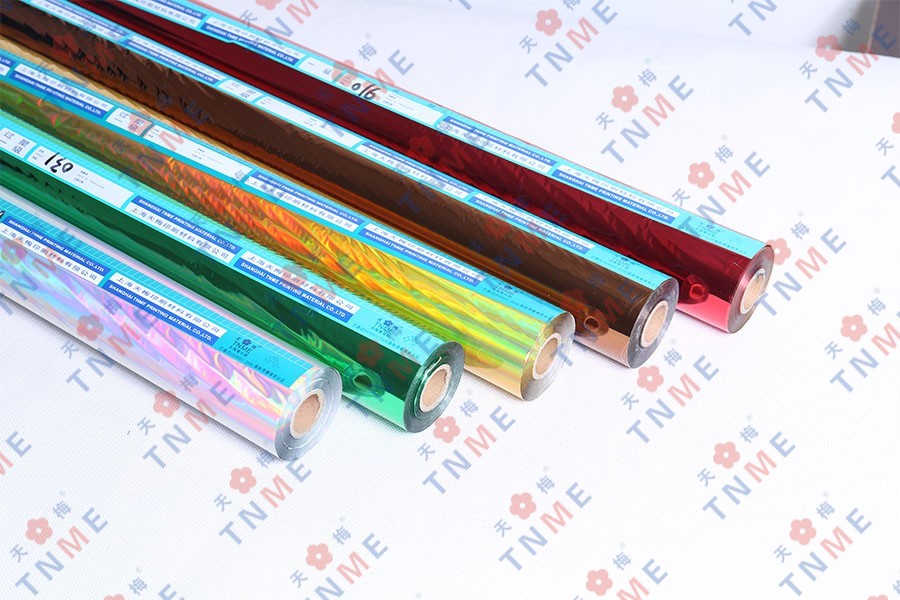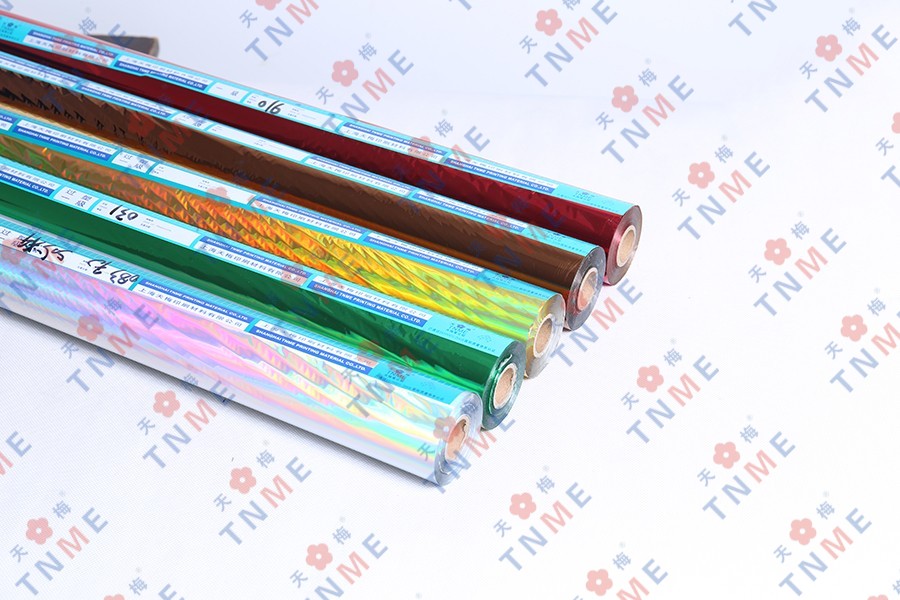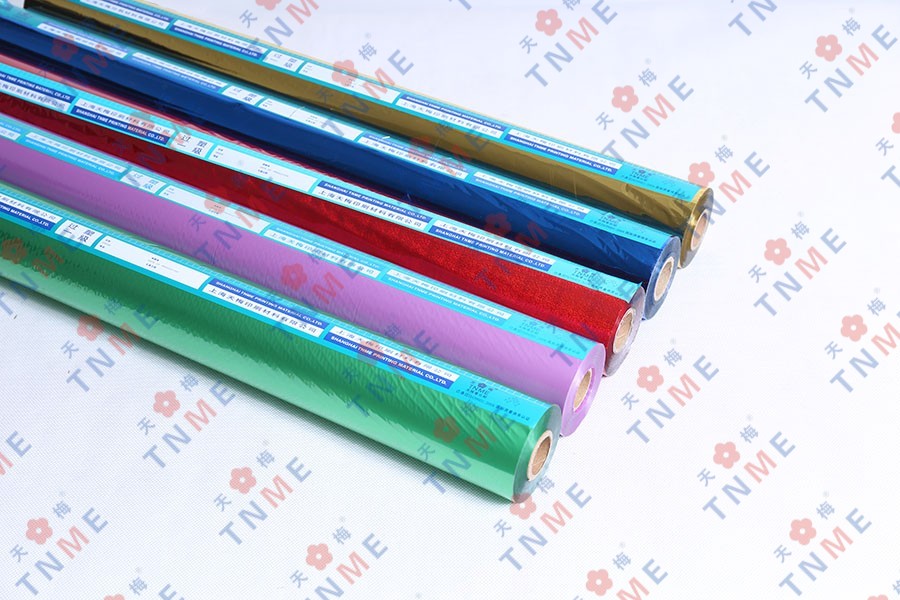Are there specific considerations when selecting Foil for UV materials?
Author:admin Date:2023-08-17
Selecting the appropriate foil for UV materials involves several considerations to ensure a successful and visually appealing result. UV materials, such as those used in UV printing or UV coatings, require specific attention due to their unique characteristics. Here are some considerations to keep in mind when choosing foil for UV materials:
Compatibility with UV Substrates: UV materials can include a variety of substrates, such as coated papers, plastics, and more. It's crucial to choose a foil that is compatible with the specific UV material you're using. Some foils may not adhere well to certain UV-coated surfaces, leading to adhesion issues and a lack of desired results.
Adhesion and Bonding: UV materials often have different surface properties compared to traditional substrates. The foil you select should have good adhesion properties to ensure it bonds well to the UV-coated surface. Poor adhesion can lead to foiling that easily flakes off or doesn't adhere uniformly, resulting in an unsatisfactory appearance.
Heat Resistance: UV curing processes involve exposure to high-intensity UV light, which can generate heat. The selected foil should be heat-resistant enough to withstand the UV curing process without melting, warping, or deforming. Heat-sensitive foils might not yield the desired results on UV-coated materials.
Release Properties: Foil is typically applied using heat and pressure. UV-coated surfaces might have different release properties compared to standard substrates. The foil's release properties should be compatible with the specific UV material to ensure smooth application without issues like sticking or incomplete transfer.
Reflectivity and Appearance: UV materials often have a unique visual appearance due to their high gloss and vibrancy. The chosen foil should complement this appearance rather than detract from it. Consider the foil's reflectivity, color, and finish to ensure it enhances the overall aesthetics of the UV-coated material.
Testing and Sample Runs: Before committing to a large production run, it's advisable to conduct small-scale tests and sample runs. This allows you to assess how the selected foil interacts with the specific UV material you're using. Testing can help identify any potential challenges or adjustments needed before full-scale production.
Supplier Recommendations: Foil manufacturers and suppliers often have experience working with various substrates, including UV materials. Reach out to them for recommendations on foils that have been successfully used with UV coatings or UV-printed materials. They can provide valuable insights into which foils are likely to work best for your project.
Environmental Considerations: Consider any environmental regulations or guidelines when selecting foils for UV materials. Some foils might contain components that are not environmentally friendly, which could be a concern depending on your industry's standards and practices.
In summary, selecting the right foil for UV materials involves understanding the unique properties of both the foil and the UV-coated substrate. It's essential to prioritize factors such as compatibility, adhesion, heat resistance, appearance, and supplier recommendations to ensure a successful and visually appealing foiling result on UV materials.




 English
English 中文简体
中文简体

















